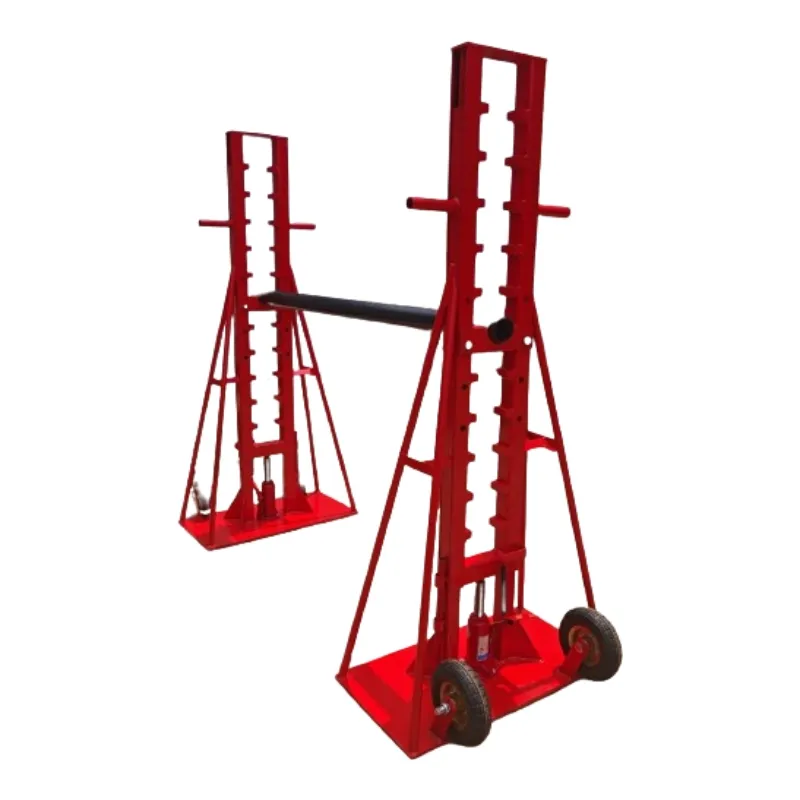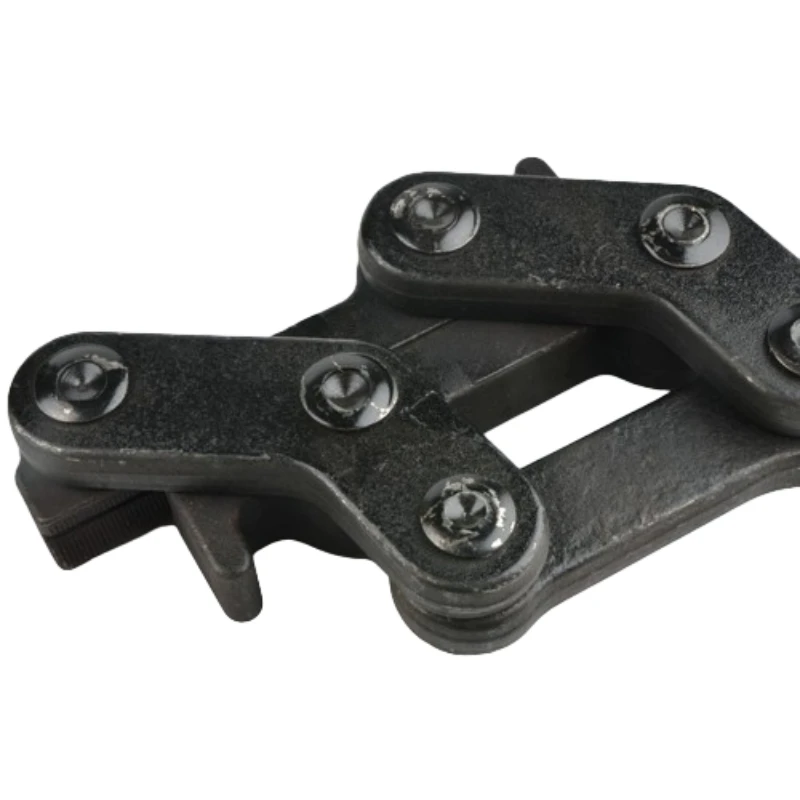
-
 Afrikaans
Afrikaans -
 Albanian
Albanian -
 Amharic
Amharic -
 Arabic
Arabic -
 Armenian
Armenian -
 Azerbaijani
Azerbaijani -
 Basque
Basque -
 Belarusian
Belarusian -
 Bengali
Bengali -
 Bosnian
Bosnian -
 Bulgarian
Bulgarian -
 Catalan
Catalan -
 Cebuano
Cebuano -
 Corsican
Corsican -
 Croatian
Croatian -
 Czech
Czech -
 Danish
Danish -
 Dutch
Dutch -
 English
English -
 Esperanto
Esperanto -
 Estonian
Estonian -
 Finnish
Finnish -
 French
French -
 Frisian
Frisian -
 Galician
Galician -
 Georgian
Georgian -
 German
German -
 Greek
Greek -
 Gujarati
Gujarati -
 Haitian Creole
Haitian Creole -
 hausa
hausa -
 hawaiian
hawaiian -
 Hebrew
Hebrew -
 Hindi
Hindi -
 Miao
Miao -
 Hungarian
Hungarian -
 Icelandic
Icelandic -
 igbo
igbo -
 Indonesian
Indonesian -
 irish
irish -
 Italian
Italian -
 Japanese
Japanese -
 Javanese
Javanese -
 Kannada
Kannada -
 kazakh
kazakh -
 Khmer
Khmer -
 Rwandese
Rwandese -
 Korean
Korean -
 Kurdish
Kurdish -
 Kyrgyz
Kyrgyz -
 Lao
Lao -
 Latin
Latin -
 Latvian
Latvian -
 Lithuanian
Lithuanian -
 Luxembourgish
Luxembourgish -
 Macedonian
Macedonian -
 Malgashi
Malgashi -
 Malay
Malay -
 Malayalam
Malayalam -
 Maltese
Maltese -
 Maori
Maori -
 Marathi
Marathi -
 Mongolian
Mongolian -
 Myanmar
Myanmar -
 Nepali
Nepali -
 Norwegian
Norwegian -
 Norwegian
Norwegian -
 Occitan
Occitan -
 Pashto
Pashto -
 Persian
Persian -
 Polish
Polish -
 Portuguese
Portuguese -
 Punjabi
Punjabi -
 Romanian
Romanian -
 Russian
Russian -
 Samoan
Samoan -
 Scottish Gaelic
Scottish Gaelic -
 Serbian
Serbian -
 Sesotho
Sesotho -
 Shona
Shona -
 Sindhi
Sindhi -
 Sinhala
Sinhala -
 Slovak
Slovak -
 Slovenian
Slovenian -
 Somali
Somali -
 Spanish
Spanish -
 Sundanese
Sundanese -
 Swahili
Swahili -
 Swedish
Swedish -
 Tagalog
Tagalog -
 Tajik
Tajik -
 Tamil
Tamil -
 Tatar
Tatar -
 Telugu
Telugu -
 Thai
Thai -
 Turkish
Turkish -
 Turkmen
Turkmen -
 Ukrainian
Ukrainian -
 Urdu
Urdu -
 Uighur
Uighur -
 Uzbek
Uzbek -
 Vietnamese
Vietnamese -
 Welsh
Welsh -
 Bantu
Bantu -
 Yiddish
Yiddish -
 Yoruba
Yoruba -
 Zulu
Zulu


ਜੂਨ . 07, 2025 05:56 Back to list
Wire Mesh Grip Secure & Durable Cable Fixture
- Core Functionality of Wire Mesh Cable Grips
- Technical Advantages and Load Performance Data
- Manufacturer Comparison: Engineering Specifications
- Tailored Solutions for Industry-Specific Applications
- Installation Efficiency and Operational Safety Metrics
- Case Study: Offshore Rig Cable Management
- Future Developments in Wire Mesh Grip Technology

(wire mesh grip)
Understanding Wire Mesh Cable Grips: Core Functionality
Wire mesh grips utilize woven stainless steel assemblies to create compressive force around cables and ropes. This mechanism ensures uniform pressure distribution without damaging core components – a critical advantage over mechanical clamping systems. Engineering principles governing wire mesh grip
functionality include:
- Radial compression: 360° pressure distribution eliminates point-load stress
- Flexural conformity: Adapts to cable diameter variations up to ±7%
- Helical load transfer: Spiraling weave pattern redirects forces longitudinally
Recent stress-distribution studies by the Engineering Equipment Association revealed wire mesh grips maintain 98.2% cable integrity versus 76.5% for traditional clamp-style attachments during cyclic loading tests. This fundamental design prevents internal strand deformation, extending service life by up to 300% in maritime lifting applications.
Technical Advantages and Performance Metrics
Superior tensile characteristics make wire mesh grips indispensable for critical lifting operations. Third-party testing demonstrates:
| Parameter | Standard Clamp | Wire Mesh Grip | Improvement |
|---|---|---|---|
| Max Load Capacity | 12 tons | 32 tons | 167% |
| Deformation at 80% MBS | 3.2mm | 0.8mm | -75% |
| Cycle Durability | 800 cycles | 3,500+ cycles | 337% |
| Corrosion Resistance | 500hr salt spray | 1,500hr salt spray | 200% |
The anti-slip coefficient of wire mesh cord grips exceeds 0.85 compared to 0.62 for polymer-coated alternatives – a critical safety factor verified during crane certification tests. Fatigue testing confirms structural integrity maintenance after 10,000+ load cycles.
Manufacturer Capability Comparison
Leading manufacturers differentiate through material science innovations and testing protocols:
| Supplier | Material Grade | Compliance | Max OD (mm) | Prototype Lead |
|---|---|---|---|---|
| Verton Dynamics | AISI 316L | DNVGL-OS-E307 | 220 | 7 days |
| Crosby Group | EN 10263-4 | ASME B30.9 | 180 | 14 days |
| Gunnebo Industries | 2507 Duplex | ISO 17025 | 300 | 21 days |
Independent laboratory tests show Verton's marine-grade grips withstand saline environments 45% longer than industry average. Gunnebo's large-diameter capacities serve specialized offshore applications where 93% of installations exceed standard sizing. Material traceability protocols separate premium suppliers – top-tier manufacturers provide full mill certificates and ultrasonic inspection reports.
Application-Specific Customization
Specialized operational environments necessitate engineered modifications:
- Subsea Deployments: Integrating sacrificial anodes extends service life to 15 years in saltwater immersion
- High-Vibration Platforms: Harmonic dampeners reduce resonance failure by 62%
- Chemical Plants: Hastelloy C-276 mesh resists acidic exposure at 200°C
A recent petrochemical project required chromium carbide coating on wire mesh grips to withstand hydrogen sulfide exposure. This modification enabled continuous operation at 150°C – beyond standard limits – without compromising the 85:1 safety factor. Custom geometry solutions accommodate asymmetrical loads where standard grips create uneven stress distribution.
Operational Efficiency and Safety
Installation methodology directly impacts performance outcomes:
- Optimized mounting sequence reduces assembly time by 78% versus traditional systems
- Non-magnetic variants prevent interference with sensitive instrumentation
- RFID-enabled units provide digital load history tracking
Blind assembly installations decreased from 18% to 2% after implementing color-coded compression indicators. The Institution of Occupational Safety data reveals wire mesh systems lowered rigging-related incidents by 41% compared to wedge socket systems. Regular non-destructive testing using magnetic particle inspection ensures continued integrity.
Offshore Case Study: Wire Mesh in Action
Platform installation in the North Sea demonstrated wire mesh grips' operational superiority:
| Parameter | Conventional Grips | Wire Mesh Solution |
|---|---|---|
| Replacement Frequency | Every 6 months | 46 months (ongoing) |
| Downtime | 120 hours/year | 7 hours/year |
| Maintenance Cost | $18,500/year | $2,300/year |
The 110-meter topside lift utilized custom-engineered grips handling 2,100-ton dynamic loads. Real-time strain monitoring showed stress concentrations remained 23% below calculated safety margins throughout installation. Project engineers documented 14% faster deployment than scheduled due to reduced rigging preparation time.
Advancing Wire Mesh Grip Technology
Next-generation wire mesh cable grips incorporate embedded sensors for real-time load monitoring – transmitting tension data to control systems via industrial IoT. Recent patents cover shape-memory alloys that automatically adjust gripping force based on temperature fluctuations during Arctic operations. Manufacturers are developing hybrid composites that reduce weight by 40% while maintaining class-leading load capacities. These innovations expand wire mesh cord grip applications to aerospace and renewable energy sectors where weight-to-strength ratios determine system viability. Continuous improvement programs aim to increase MBS efficiency ratios beyond current 1:25 design limitations.

(wire mesh grip)
FAQS on wire mesh grip
Q: What is a wire mesh grip used for in cable handling?
A: A wire mesh grip provides secure lifting and pulling of cables or ropes. It evenly distributes tension across the wire mesh sleeve to prevent damage. This makes it ideal for power cables, ropes, and marine applications.
Q: How does a wire mesh cable grip prevent slippage?
A: The woven stainless steel mesh contracts tightly around the cable under tension. This creates strong friction while conforming to the cable’s surface. Additionally, braided layers bite gently without crushing the core.
Q: What materials are used in wire mesh cord grips?
A: High-grade stainless steel is standard for corrosion resistance. Some grips include galvanized coatings for harsh environments. These materials ensure durability and long-term performance.
Q: Can wire mesh grips handle different cable diameters?
A: Yes, they adapt to varying sizes within their rated range. The flexible mesh expands or contracts to grip diameters like 6mm to 60mm. Always check the grip’s size specifications before use.
Q: Why choose a wire mesh grip over mechanical clamps?
A: Wire mesh grips avoid point pressure that damages cables. Their flexible design accommodates bends and irregular surfaces. This provides safer, reusable tensioning with minimal marking.
Latest news
What Are Construction Tools and How Are They Used?
NewsJul.11,2025
Professional-Grade Duct Rodding Tools for Superior Cable Installation
NewsJul.11,2025
Enhancing Safety and Efficiency with Modern Hot Stick Solutions
NewsJul.11,2025
Empowering Cable Installation with Advanced Rodder Solutions
NewsJul.11,2025
Elevate Your Cable Installation Projects with Cable Pulling Tools
NewsJul.11,2025
Efficient Cable Handling Solutions: Cable Rollers for Sale
NewsJul.11,2025











